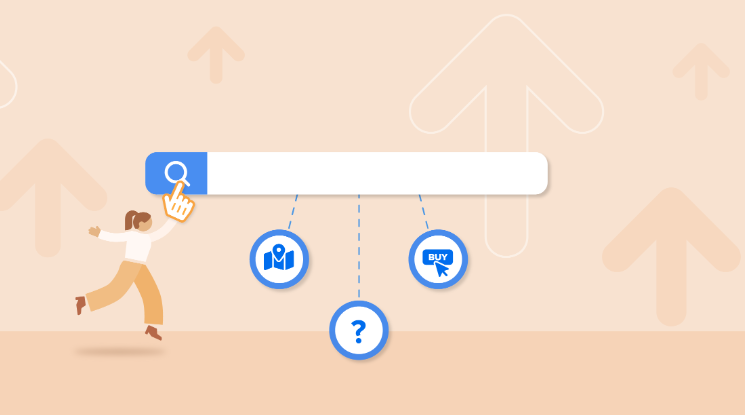User intent is the heartbeat of effective SEO content creation. In this blog post, we’ll delve into the profound impact user intent has on your content strategy and how understanding it can propel your website to the forefront of search engine results.

Decoding User Intent in SEO
Understanding the Basics: User intent, in the context of SEO, revolves around deciphering what a user is searching for when they enter a query. It goes beyond keywords, focusing on the underlying goal or purpose behind a search. For content creators, decoding user intent is like unlocking the door to providing exactly what the audience is seeking.
The Significance of Intent: Recognizing user intent is not just about matching keywords; it’s about delivering content that aligns with the user’s goals. Whether it’s informational, navigational, or transactional intent, tailoring your content to meet these needs ensures that users find what they’re looking for, enhancing their overall experience on your site.
Types of User Intent
Informational Intent
Many users are seeking information. Explore how to create content that answers their questions, educates them, and positions your site as a valuable resource. Learn to identify informational queries and structure your content to provide comprehensive and authoritative answers.
Navigational User Purpose
Users looking for a specific website or page need content that facilitates easy navigation. Discover strategies for optimizing your content to guide users efficiently, ensuring they find the information or destination they seek without frustration.
Transactional Intent
For users ready to make a purchase or take a specific action, your content must align with transactional intent. Explore methods to create compelling product pages, clear calls-to-action, and content that encourages users to convert, ultimately driving business goals.
Tailoring Content to User Intent
Optimizing Keywords
User intent and keywords go hand in hand. Learn how to conduct keyword research with user intent in mind, identifying terms that reflect what users are truly searching for. Optimize your content with these keywords to attract the right audience.
Structuring Content
The way your content is structured matters. Explore how to organize your information to cater to different user intents. From clear headings to concise meta descriptions, ensure that users quickly grasp the purpose and value of your content.
Providing Solutions
Addressing the user’s purpose means providing solutions. Whether through how-to guides, product demonstrations, or comprehensive articles, your content should serve as a valuable solution to the user’s query.
Tools for Analyzing Searcher Intent
Utilizing Keyword Research Tools
Effective analysis of user intent begins with powerful keyword research tools. Explore popular tools that help you understand the search landscape, identify relevant keywords, and gain insights into user behaviour.
Leveraging Analytics Platforms
Analytics platforms provide valuable data on user behaviour. Learn how to use analytics tools to track user interactions, measure the success of your content in meeting user purpose, and make data-driven decisions to refine your strategy.
Staying Adaptive in a Dynamic Landscape
Analyzing Trends
User purpose evolves with changing trends. Explore strategies for analyzing current trends in your industry or niche. Staying on top of these trends allows you to adapt your content strategy, ensuring that it remains relevant to the ever-changing needs of your audience.
Monitoring User Behavior
Understanding user behaviour is an ongoing process. Learn how to monitor user interactions with your content, identify patterns, and adjust your strategy accordingly. Regularly analyzing user behaviour helps you stay ahead of shifts in intent and keeps your content strategy effective.
Adapting Content Accordingly
Being adaptive means adjusting your content based on your analysis. Explore practical steps for adapting your content, whether it’s updating existing articles, creating new pieces to address emerging trends, or optimizing for changing search patterns.
Conclusion
User intent is not a static concept but a dynamic force that shapes the success of your SEO content strategy. By decoding, understanding, and tailoring your content to meet searchers intent, you not only improve your search engine rankings but also create a more engaging and satisfying user experience. Embrace the power of searcher intent to unlock the full potential of your content strategy and stay ahead in the competitive world of SEO.

